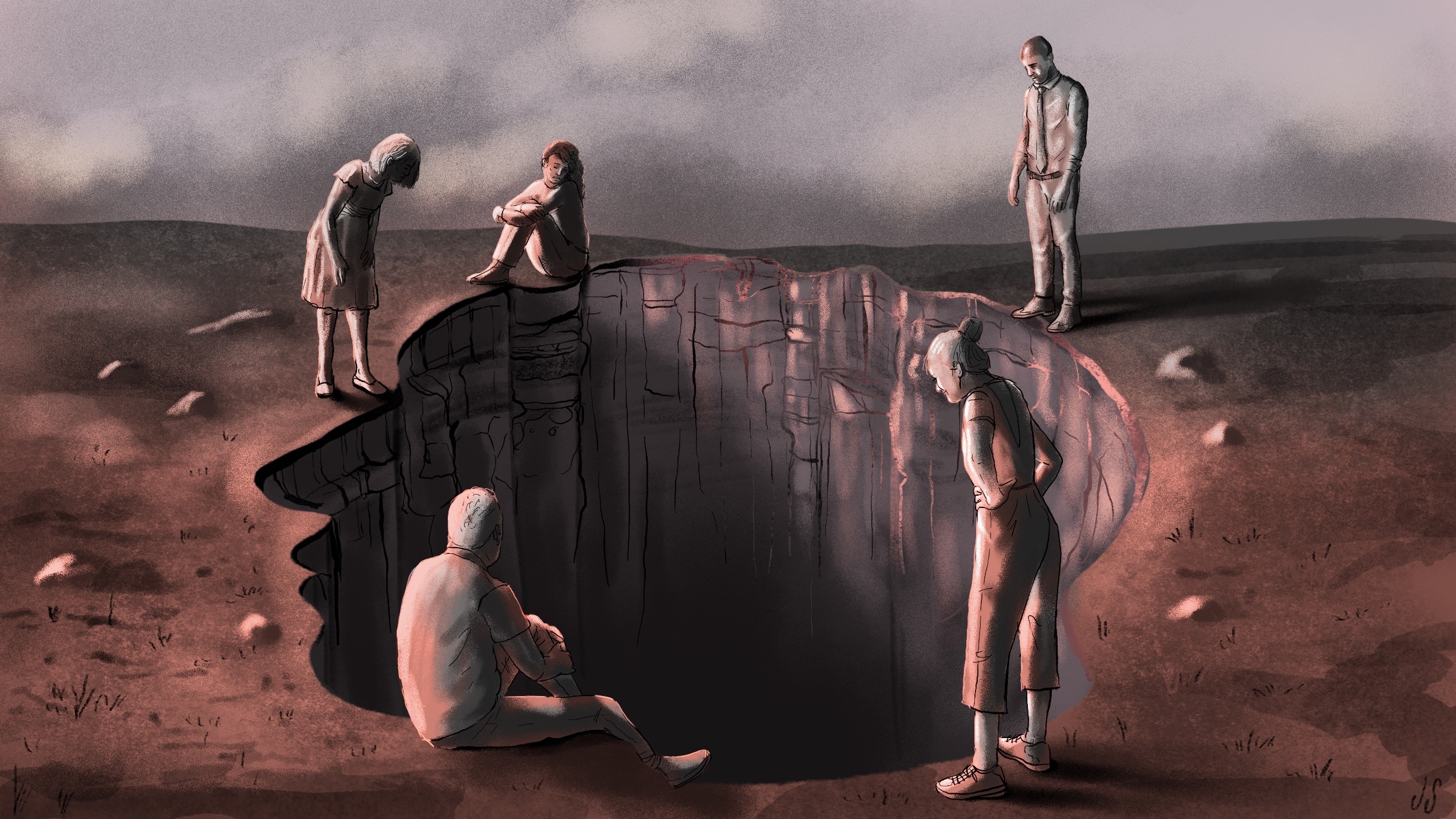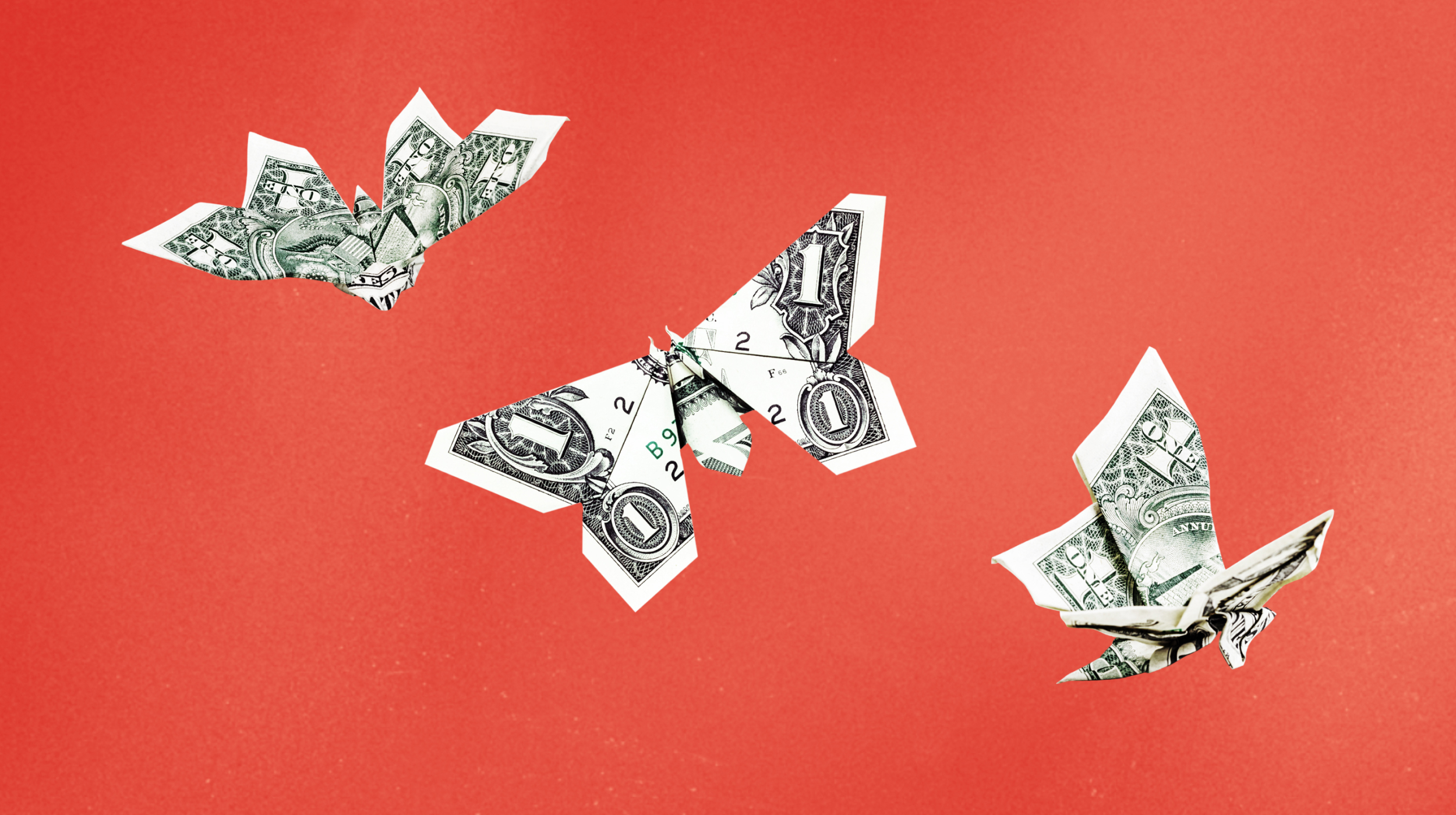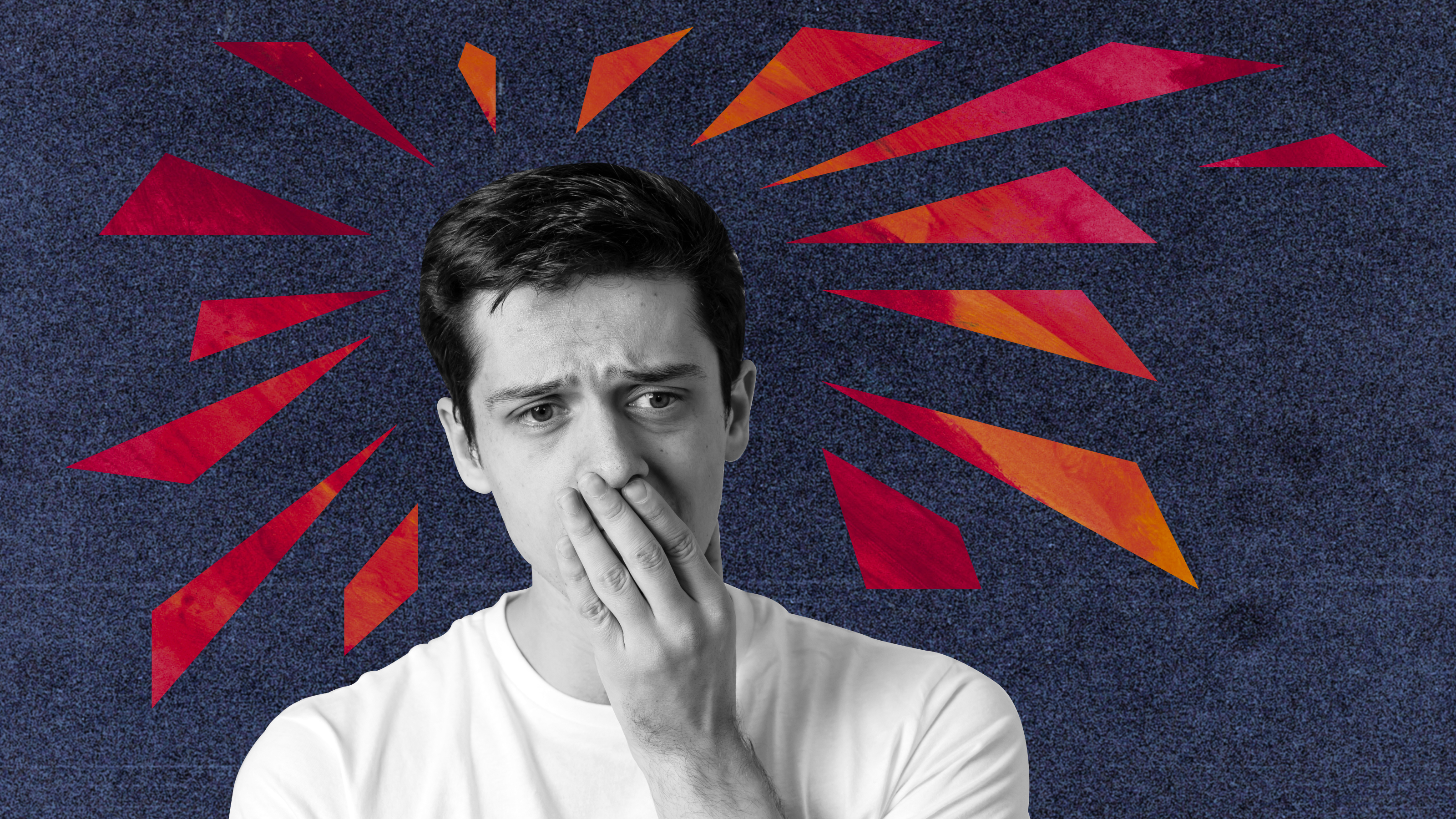How the pandemic has affected mental health internet searches

Credit: Thaspol on Adobe Stock
- According to a new study, there was an influx of internet searches for mental health symptoms during the beginning of the pandemic, and this has slowly trended downwards.
- Researchers looked at whether mitigation policies correlated with Google searches for terms associated with depression and anxiety between January and June of 2020. Additionally, they monitored search terms for in-home activities.
- While searches for antidepressants and suicide did rise when social distancing measures were being implemented, research shows the search terms exercise and cooking also rose.
The beginning of COVID-19 in America:
- On January 21, 2020, the CDC (Center for Disease Control) confirmed the first case of CoV-SARS-2 (COVID-19) in the United States.
- On February 3, 2020 (three days after the World Health Organization declared a Global Health Emergency), a public health emergency was declared in the United States.
- A little over a month later, on March 13, 2020, a national emergency was declared.
- Over the next few months, various parts of the world (including the United States) would implement various levels of precautions: stay-at-home orders and restrictions to try to curb the spread of the virus.
- By the end of May 2020, the United States COVID-19 death toll passed 100,000.
Within four months, the COVID-19 pandemic changed everything, and our society was faced with unprecedented circumstances. (For a full timeline of COVID-19 in America, click here.) While researchers were hard at work attempting to learn more information about the virus and potentially come up with a vaccine, the mental health toll of the pandemic became noticeable.
According to a new study, there was an influx of internet searches for mental health symptoms during the beginning of the pandemic, and this has slowly trended downwards.
Study co-author Bita Fayaz Farkhad, PhD., explains to Psychiatry and Behavioral Health Learning Network: “We wanted to study how serious the mental health impact of the mitigation phase was during the initial COVID-19 outbreak last spring. Did it go beyond people feeling anxious or disheartened? Was it long-lasting, and did it increase suicide ideation and the need for medical treatment for depression?”

This is one of many studies that have examined the mental health impact of COVID-19 isolation orders. Photo by Maridav on Adobe Stock
In this study, researchers looked at whether mitigation policies correlated with Google searches for terms associated with depression and anxiety. Additionally, they monitored search terms for in-home activities. Researchers covered the time span from January 2020 to June 2020.
Two previous studies have examined the mental health effects of stay-at-home orders.
The first study (Hamermesh, 2020) used a simulation where time spent alone from the 2012-2013 American Time Use Survey forecasted negative impacts of the stay-at-home orders on happiness.
The second study (Brodeur et al,. 2020) examined the effects of the stay-at-home orders on mental health symptoms related to searches on Google. In this case, there were reported increases in searches relating to the following terms:
- “Boredom”
- “Sadness”
- “Loneliness”
- “Worry”
In this study, limited social contact had people searching terms such as “isolation” and “worry.”
Findings from this study indicated that social limits (on restaurants and bars, for example) and stay-at-home orders correlated with immediate increases in searches for the terms “isolation” and “worry” – but the effects within a few weeks.
The beginning of the pandemic showed significant spikes in mental health symptom searches.
“At the outset of the pandemic, consistent with prior research, social distancing policies correlated with a spike in searches about how to deal with isolation and worry, which shouldn’t be surprising,” said co-author Dolores Albarracín, Ph.D. “Generally speaking, if you have a pandemic or an economic shock, that’s going to produce its own level of anxiety, depression, and negative feelings, and we had both with COVID-19.”
Within two to four weeks of peaking, however, such searches tapered off, the study showed.
Experts weigh in: time spent at home could be beneficial.
Why would mental health-related searches taper off when the pandemic was still raging on? This study found that more time spent with family (or working from home, taking up new hobbies due to isolation) because of the stay-at-home orders could have lead to improvements in health and may counteract any potential negative health effect of the isolation policies.
It’s also important to note that not all changes in mental health searches could be in response to the isolation policies being enforced. Historically, infectious diseases have been responsible for the greatest human death tolls and function as a massive stressor on society as a whole.
Both positive and negative Google searches rose during the pandemic.
While searches for “antidepressants” and “suicide” did rise at times when social distancing measures were being implemented, research shows the search terms “exercise” and “cooking” also rose. This suggests that people were actively searching for ways to combat the negative feelings the isolation measures brought out.





